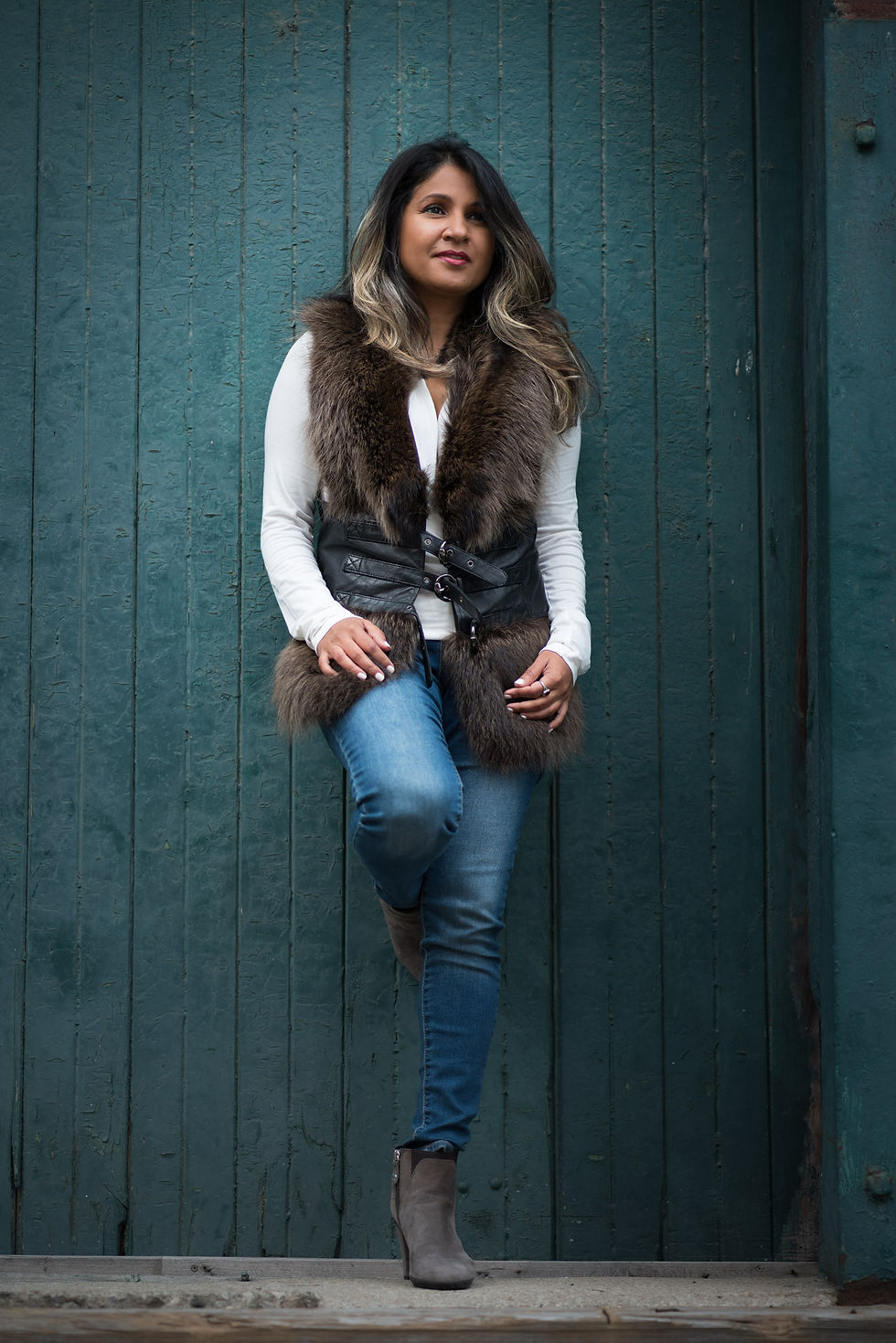Composition
- Flavia Vianna
- May 31
- 3 min read
Updated: Jun 20
Why Composition Matters
You know that feeling when a photo just clicks? That magic doesn’t usually come from expensive gear or perfect lighting, it often comes down to composition. How things are arranged in the frame can totally change the vibe of a photo. Good composition helps tell your story, guide the viewer’s eye, and make your images feel intentional and connected.
The best part? You don’t need to be a pro to start using some of these simple tricks. Whether you're taking photos with a fancy camera or your phone, these composition tips can help you create images that feel more thoughtful, more engaging, and more you. Here they are:
Rule of Thirds

Think of your photo like a tic-tac-toe grid: two vertical lines, two horizontal. Placing your subject where those lines meet often makes the image feel more balanced and interesting. It's a super simple way to up your photo game without needing fancy gear.
Foreground Interest

Adding something in the foreground like a plant, a toy, or even a cup of coffee, helps create layers and depth. It gives your photo more of a story and makes it feel like you’re stepping right into the scene.
Negative Space

Don’t be afraid of empty space. Leaving room around your subject can make them stand out more and give your photo a peaceful, uncluttered vibe. Sometimes less really is more.
Diagonals
Lines that cut across your photo diagonally like paths, fences, or shadows, naturally guide the eye and add a bit of energy. They help lead your viewer through the image and keep things feeling dynamic.
Background as Clean as Possible

The background shouldn’t compete with your subject. If there’s laundry on the couch or toys all over the floor, a quick tidy-up or a little shift in angle can make a big difference. Clean and simple keeps the focus where you want it.
Triangles
Triangles pop up more than you’d think in how people sit, lean, or even the angles in a room. They help create a nice flow and structure in your photos, keeping things visually balanced without feeling forced.
Symmetry

Everyone loves a good mirror moment. Centered, symmetrical shots can feel super satisfying and eye-catching. Whether it’s a doorway, a reflection, or two matching chairs, symmetry gives your photo a sense of calm and balance.
Golden Ratio
This one’s kind of like the rule of thirds’ artsy cousin. It’s a natural-looking way to position your subject so the image feels just right, without being too “perfect.” It’s based on a spiral pattern you often see in nature, pretty cool, right?
Balance

Balance isn’t always about symmetry. It’s more about making sure your photo doesn’t feel lopsided. That could mean placing something smaller on one side to even out a big subject on the other. It’s all about what feels right to the eye.
Depth

Photos are flat, but you can make them feel 3D by layering things: something up close, something in the middle, and something in the back. It pulls people in and makes the whole scene feel more real.
Leading Lines

Use natural lines: roads, fences, walls, you name it, to pull the viewer’s eye toward the main subject. It’s like a visual breadcrumb trail, and it helps guide people through your photo without them even realizing it.
Framing

Look for things like windows, door frames, or tree branches to “frame” your subject. It draws attention to them and makes the photo feel more intentional and put together, even if it’s super spontaneous.
Contrast

Big differences like light and dark, sharp and soft, or smooth and textured make things pop. Use contrast to highlight what matters and add a little drama to your shot.
Repetition

Repeating shapes, lines, or colors can be really pleasing to the eye. And when something breaks that pattern - a pop of color or a person in a sea of windows - it instantly grabs attention.
Depth of Field

This is just a fancy way of talking about how much of your photo is in focus. Want that soft, blurry background look? That’s a shallow depth of field. Want everything sharp from front to back? Go for a deep one. Either way, it helps you tell your story your way.



Comments